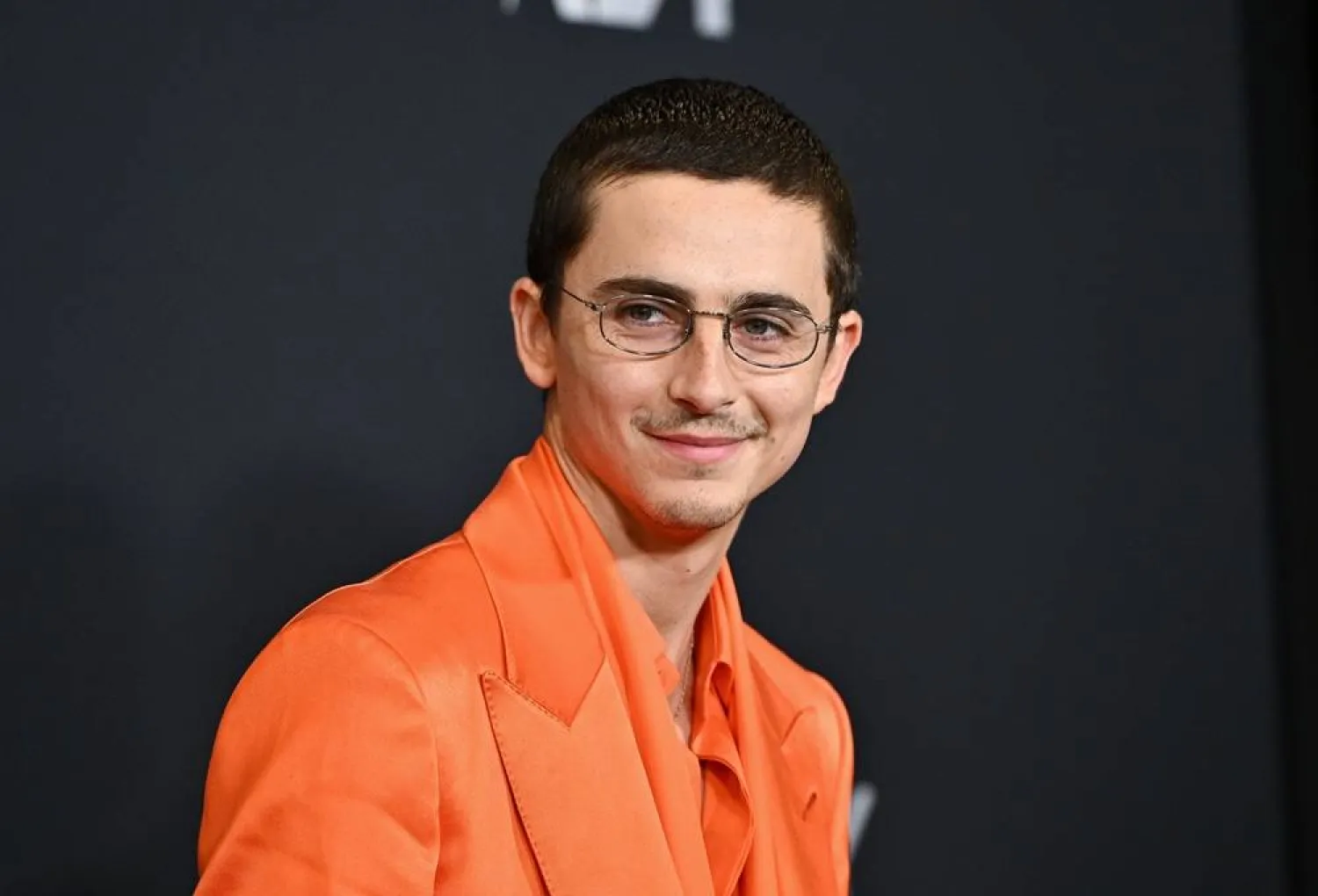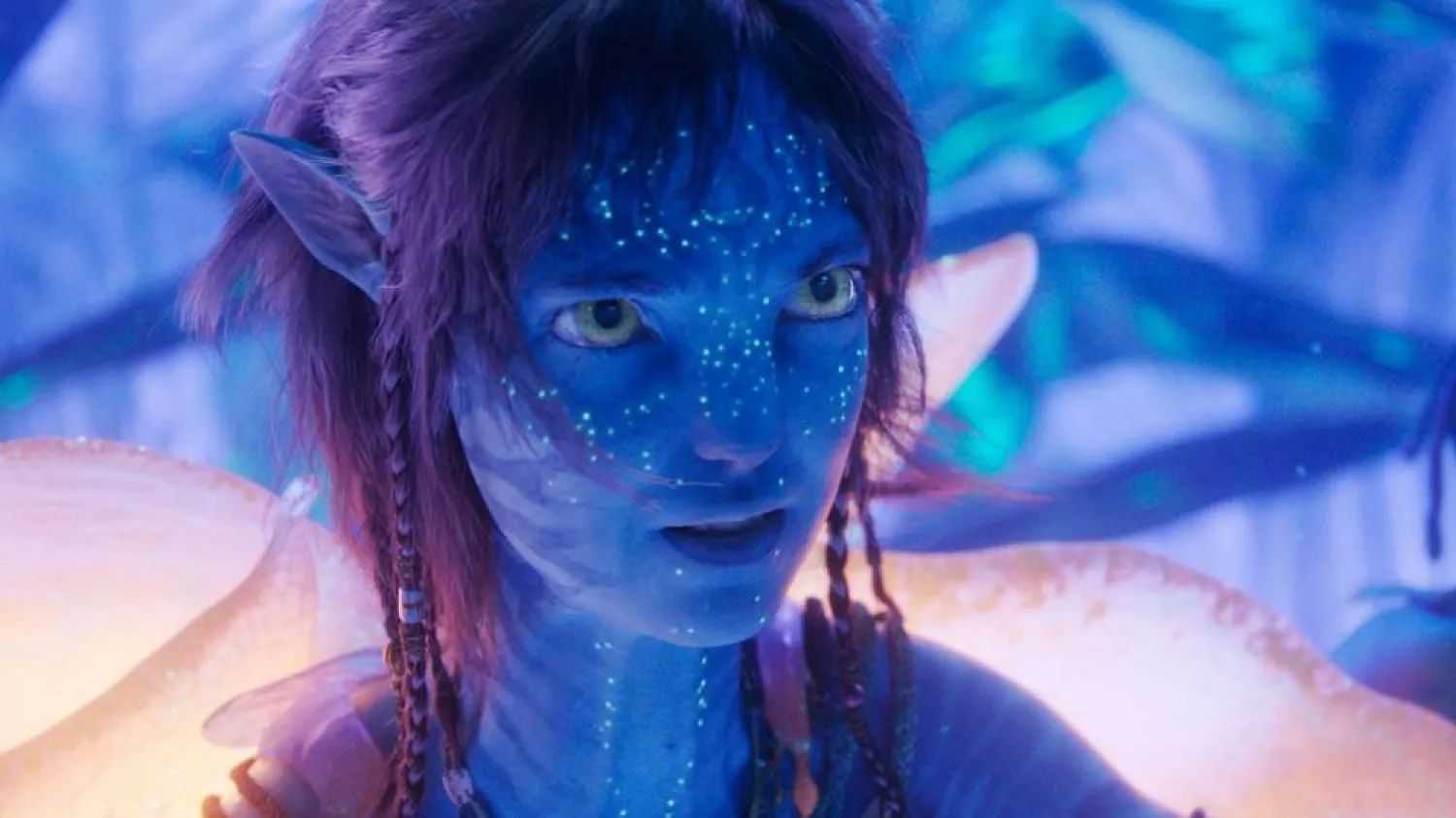Paul Sorvino, an imposing actor who specialized in playing crooks and cops like Paulie Cicero in “Goodfellas” and the NYPD sergeant Phil Cerreta on “Law & Order,” has died. He was 83.
His publicist Roger Neal said he died Monday morning of natural causes at the Mayo Clinic in Jacksonville, Florida. Sorvino had dealt with health issues over the past few years.
Mira Sorvino, his daughter, wrote a tribute on Twitter: “My father the great Paul Sorvino has passed. My heart is rent asunder- a life of love and joy and wisdom with him is over. He was the most wonderful father. I love him so much. I’m sending you love in the stars, Dad, as you ascend.”
Many responded to Mira Sorvino’s tweet with condolences and sympathy. Jane Lynch wrote, “Your father sang ‘Danny Boy’ for my Aunt Marge at The Chicago Film Critics Awards in 2012. We all cried.” Rob Reiner, who appeared in one of his father’s films with Sorvino, said he was sending love. Lorraine Bracco tweeted two broken heart emojis.
In his over 50 years in the entertainment business, Sorvino was a mainstay in films and television, playing an Italian American communist in Warren Beatty’s “Reds,” Henry Kissinger in Oliver Stone’s “Nixon” and mob boss Eddie Valentine in “The Rocketeer.” He would often say that while he might be best known for playing gangsters (and his very good system for slicing garlic) his real passions were poetry, painting and opera.
Born in Brooklyn in 1939 to a mother who taught piano and father who was a foreman in a robe factory, Sorvino was musically inclined from a young age and attended the American Musical and Dramatic Academy in New York where he fell for the theater. He made his Broadway debut in 1964 in “Bajour” and his film debut in Carl Reiner’s “Where’s Poppa?” in 1970.
With his 6-foot-4-inch stature, Sorvino made an impactful presence no matter the medium. In the 1970s, he acted alongside Al Pacino in “The Panic in Needle Park” and with James Caan in “The Gambler,” reteamed with Reiner in “Oh, God!” and was among the ensemble in William Friedkin’s bank robbery comedy “The Brink’s Job.” In John G. Avildsen’s “Rocky” follow-up “Slow Dancing in the Big City,” Sorvino got to play a romantic lead and use his dance training opposite professional ballerina Anne Ditchburn.
He was especially prolific in the 1990s, kicking off the decade playing Lips in Beatty’s “Dick Tracy” and Paul Cicero in Martin Scorsese’s “Goodfellas,” who was based on the real-life mobster Paul Vario, and 31 episodes on Dick Wolf’s “Law & Order.” He followed those with roles in “The Rocketeer,” “The Firm,” “Nixon,” which got him a Screen Actors Guild Award nomination, and Baz Luhrmann’s “Romeo + Juliet” as Juliet’s father, Fulgencio Capulet. Beatty would turn to Sorvino often, enlisting him again for his political satire “Bulworth,” which came out in 1998, and his 2016 Hollywood love letter “Rules Don’t Apply.”
Sorvino had three children from his first marriage, including Academy Award-winning actor Mira Sorvino. He also directed and starred in a film written by his daughter Amanda Sorvino and featuring his son Michael Sorvino.
When he learned that Mira Sorvino had been among the women allegedly sexually harassed and blacklisted by Harvey Weinstein in the midst of the #MeToo reckoning, he told TMZ that if he had known, Weinstein, “Would not be walking. He’d be in a wheelchair.”
He was proud of his daughter and cried when she won the best supporting actress Oscar for “Mighty Aphrodite” in 1996. He told the Los Angeles Times that night that he didn’t have the words to express how he felt.
“They don’t exist in any language that I’ve ever heard — well, maybe Italian,” he said.
But he wanted to be seen for more than what he was on screen and took particular pride in his singing. In 1996, “Paul Sorvino: An Evening of Song” was broadcast on television as a part of a PBS fundraising campaign. Songs performed included “Torna A Sorriento,” “Guaglione,” “O Sole Mio,” “The Impossible Dream” and “Mama.”
“I’m a pop singer in the sense Mario Lanza was,” Sorvino said in an interview the Tampa Tribune. “It astonishes me that no American male singer sings with a full voice anymore. Where have all the tenors gone?”
The weight of his voice, he thought, made it difficult to train.
“It’s like trying to park a bus in a VW parking space,” he said.
He also ran a horse rescue in Pennsylvania, had a grocery store pasta sauce line based on his mother’s recipe, and sculpted a bronze statue of the late playwright Jason Miller that resides in Scranton, Pennsylvania. Sorvino had starred in Miller’s Tony- and Pulitzer-winning play “That Championship Season” on Broadway in 1972, which also got him a Tony nomination, and its film adaptation.
In 2014, he married political pundit Dee Dee Benkie and said that a goal of his later life was to “disabuse people of the notion that I’m a slow-moving, heavy-lidded thug.”
“Our hearts are broken, there will never be another Paul Sorvino, he was the love of my life, and one of the greatest performers to ever grace the screen and stage,” his wife said in a statement. She was by his side when he died.
As with most who starred in “Goodfellas,” the image would follow him for the rest of his life which he had complex feelings about.
“Most people think I’m either a gangster or a cop or something,” he said. “The reality is I’m a sculptor, a painter, a best-selling author, many, many things — a poet, an opera singer, but none of them is gangster.... It would be nice to have my legacy more than that of just tough guy.”









